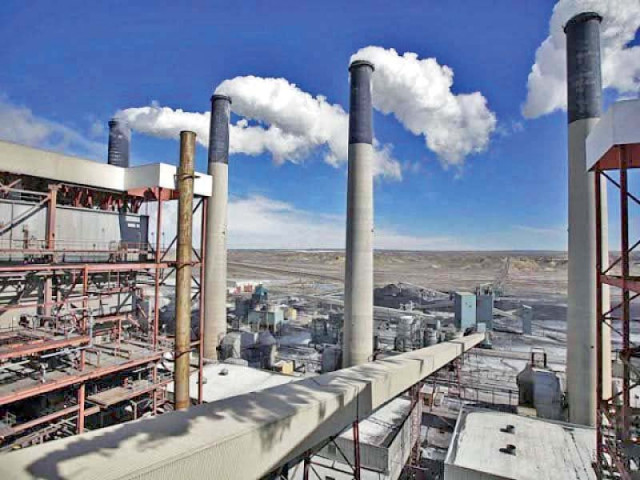Planning Division seeks end to gas subsidy
Says export-oriented sector is already getting energy supply at discounted rates

The Planning Division has asked the government to abolish subsidy on supply of gas to the export-oriented sector, which is already availing subsidy on provision of gas and electricity.
The Cabinet Committee on Energy (CCOE) has recently approved another package worth Rs26 billion for the industry by extending the Time of Use (ToU) tariff scheme.
The Petroleum Division also proposed that only the export-oriented industry should avail subsidy on gas supply. Interestingly, the textile industry was not only availing the subsidy on gas supply, but it was also receiving electricity at discounted rates.
The Planning Division informed the Ministry of Energy that the export-oriented sector was already receiving gas and electricity at discounted rates and therefore, subsidy on supply of gas should be abolished.
In the zero-rated industry, textile is the major sector, which receives subsidy both on electricity and gas. Due to provision of subsidy on RLNG, the subsidy claims of Sui Northern Gas Pipelines (SNGPL) had been stuck and it was looking towards the Ministry of Energy to release the amount.
The Economic Coordination Committee (ECC) had allowed SNGPL to supply 100% LNG to the export-oriented sector for three months - December to February.
Due to shortage of indigenous gas during March 2020, SNGPL had supplied 100% RLNG for which it had raised subsidy claim of Rs4 billion.
Since the supply of 100% RLNG was a deviation from the ECC-approved policy, therefore as per past practice approval of the ECC was being requested. The economic decision-making body, in its meeting held on September 17, 2018, had decided that gas supply to the industrial sector, which included textile, carpets, leather, sports and surgical goods, in Punjab would be revised from 28:72 to 50:50 for domestic gas and RLNG, respectively.
The weighted average gas tariff of such customers shall be $6.5 per mmbtu. Gas price for similar consumers of Sui Southern Gas Company (SSGC) and those of SNGPL in Khyber-Pakhtunkhwa will remain unchanged. Later, the ECC decided that 100% RLNG shall be provided to the zero-rated industry for three months from December to February. A blend of system gas and RLNG at 50:50 shall be provided to the zero-rated industry for a period of nine months - March to November.
Despite getting bailouts, the textile sector was unable to demonstrate any major increase in exports. In fact, cotton imports had increased that hurt the local farmers who were unable to produce more crop due to lack of research.
Now, the cabinet body on energy had extended the package on electricity that was set to expire on April 30, 2021, which will cost Rs26 billion to the national exchequer.
The Power Division had sought approval of the energy committee for allocation of a budget subsidy of Rs26 billion for industrial consumers from May 1, 2021 to June 30, 2022 due to the extension in the tariff scheme.
The government had initially introduced the gas supply scheme at discounted rate for the export-oriented industry. But later, the Petroleum Division said that all industries, including those which were not exporting textile products, were availing the subsidy.
Moreover, the textile sector was receiving gas for its captive power plants. The government had approved a plan for conducting audit of captive power plants.
But some textile industrialists obtained a stay order from court as they were not ready for the audit of inefficient captive power plants. The textile industry has also yet to pay cotton cess for conducting research on cotton crop. It has obtained stay orders and is not ready to pay the cess.
Earlier, the government had prepared a policy under which only those millers that paid the cess would be eligible for subsidy schemes. But under the current government, the textile ministry has withdrawn this condition for big textile millers.
Published in The Express Tribune, April 27th, 2021.
Like Business on Facebook, follow @TribuneBiz on Twitter to stay informed and join in the conversation.



















COMMENTS
Comments are moderated and generally will be posted if they are on-topic and not abusive.
For more information, please see our Comments FAQ